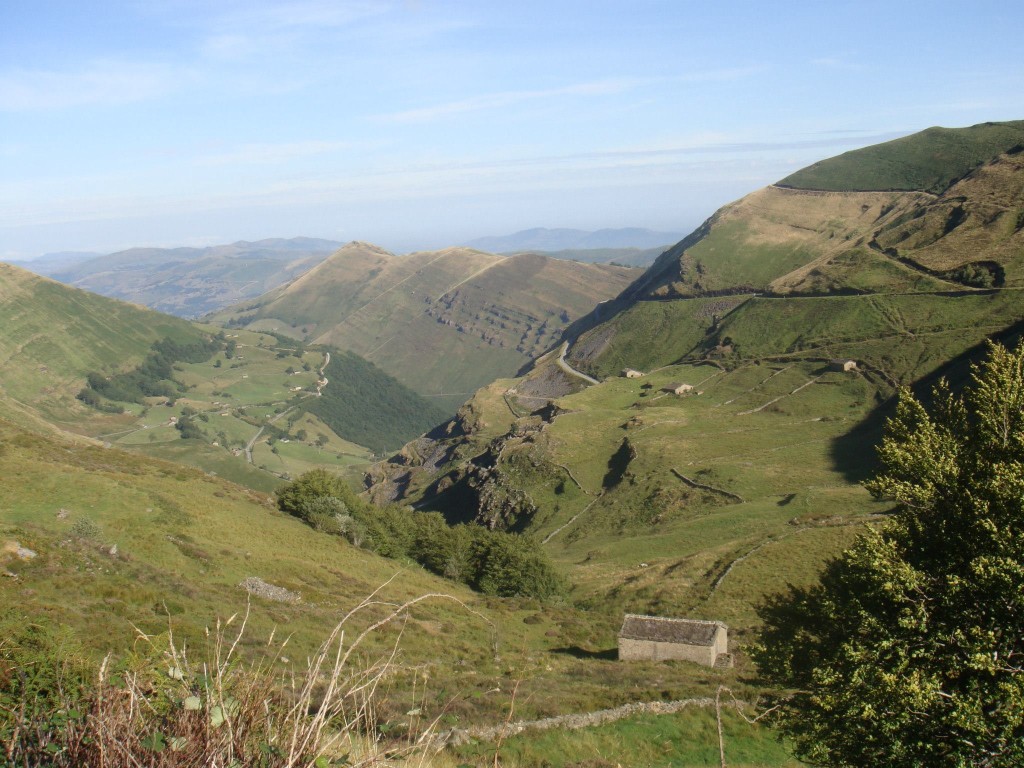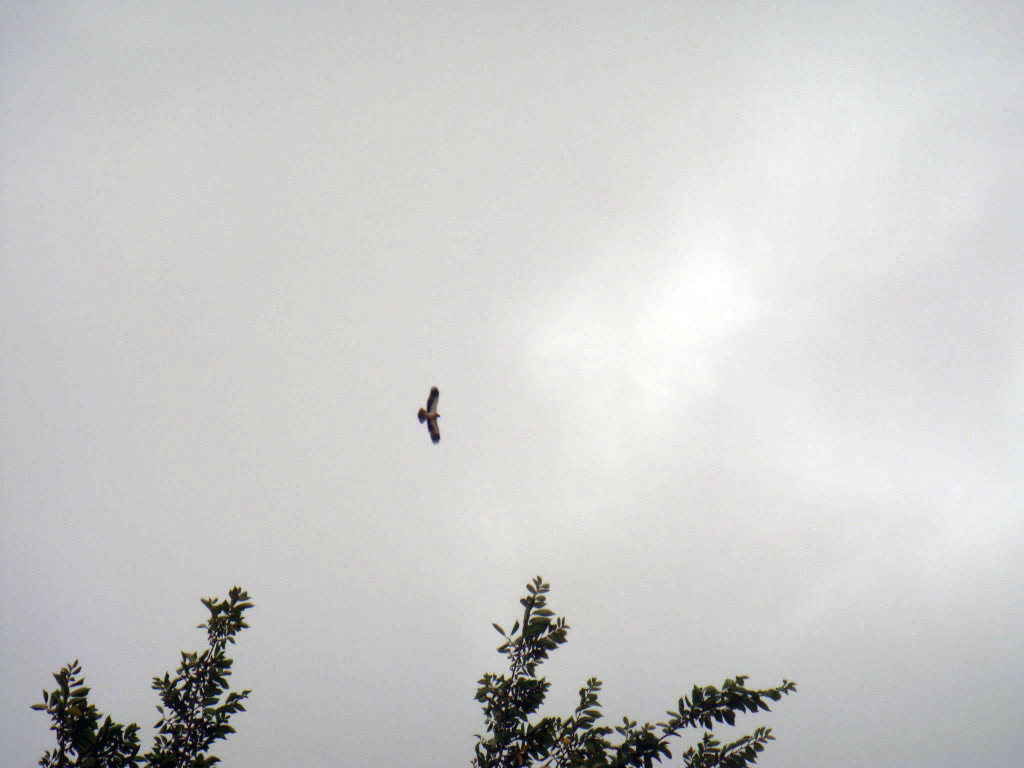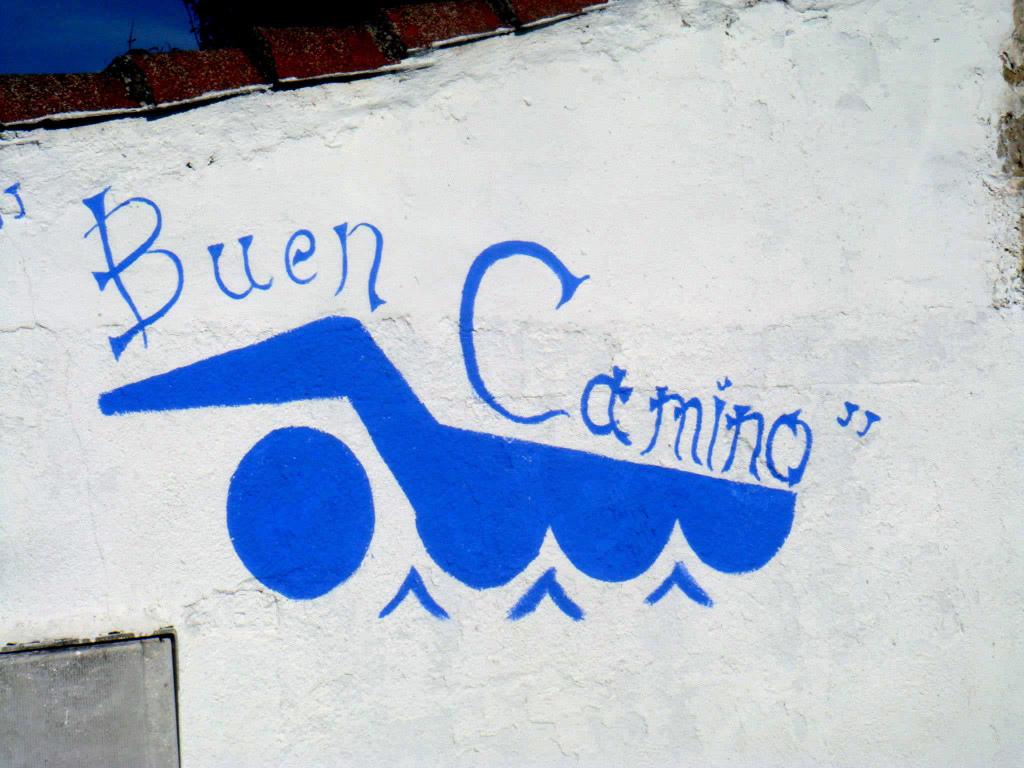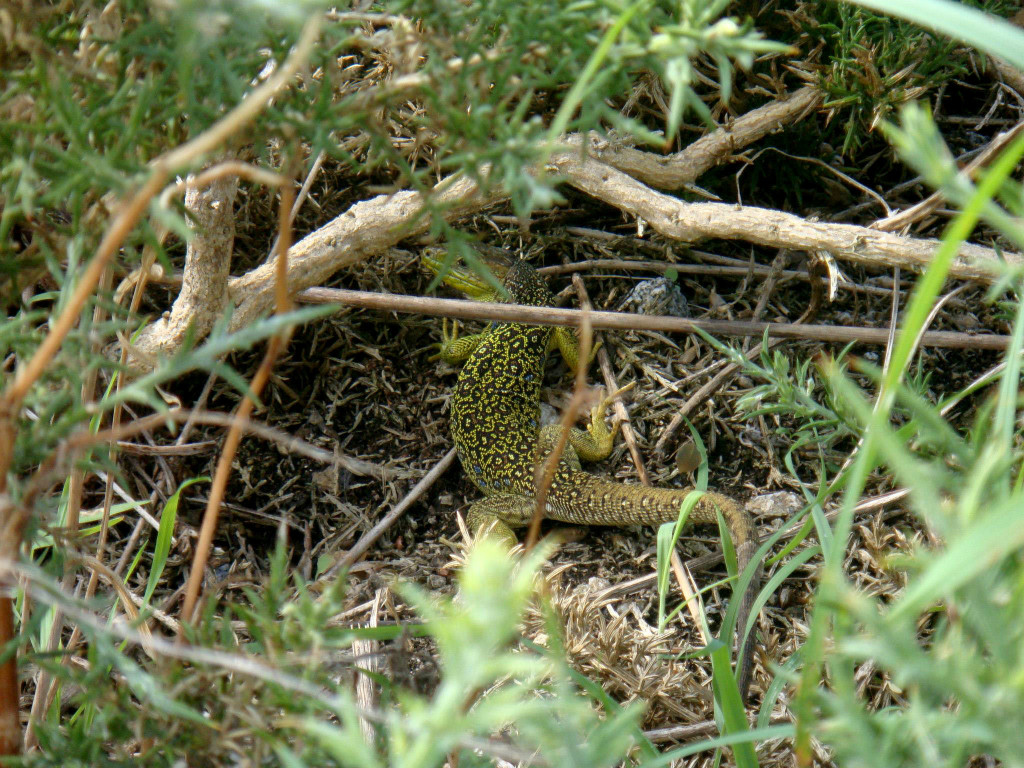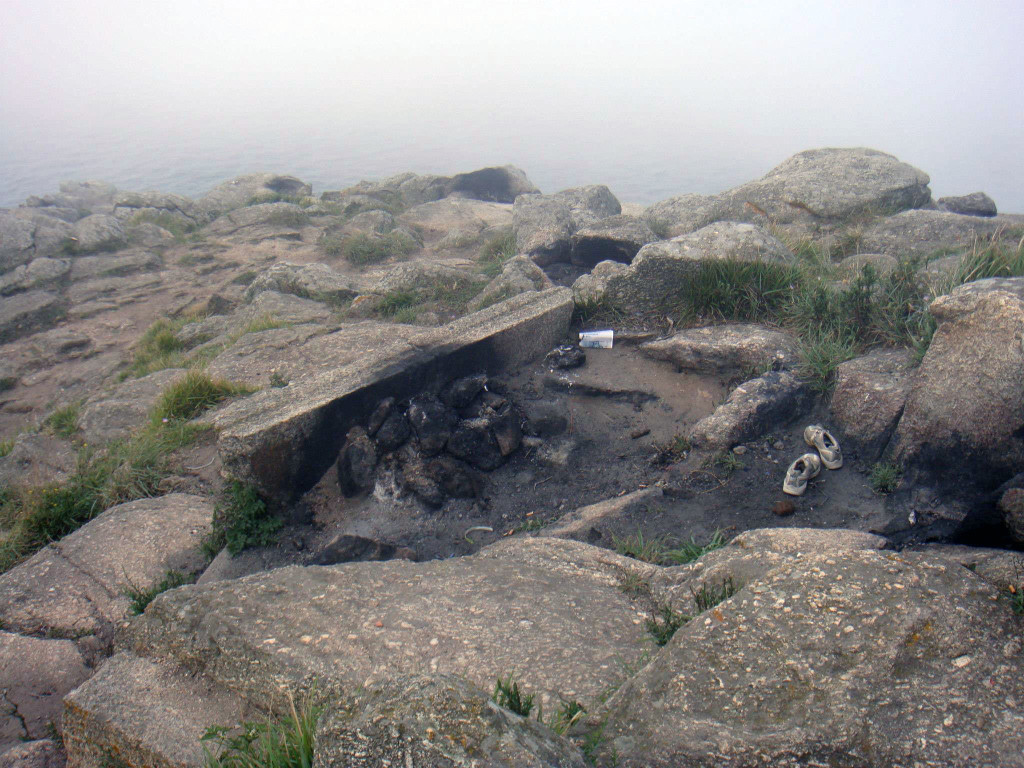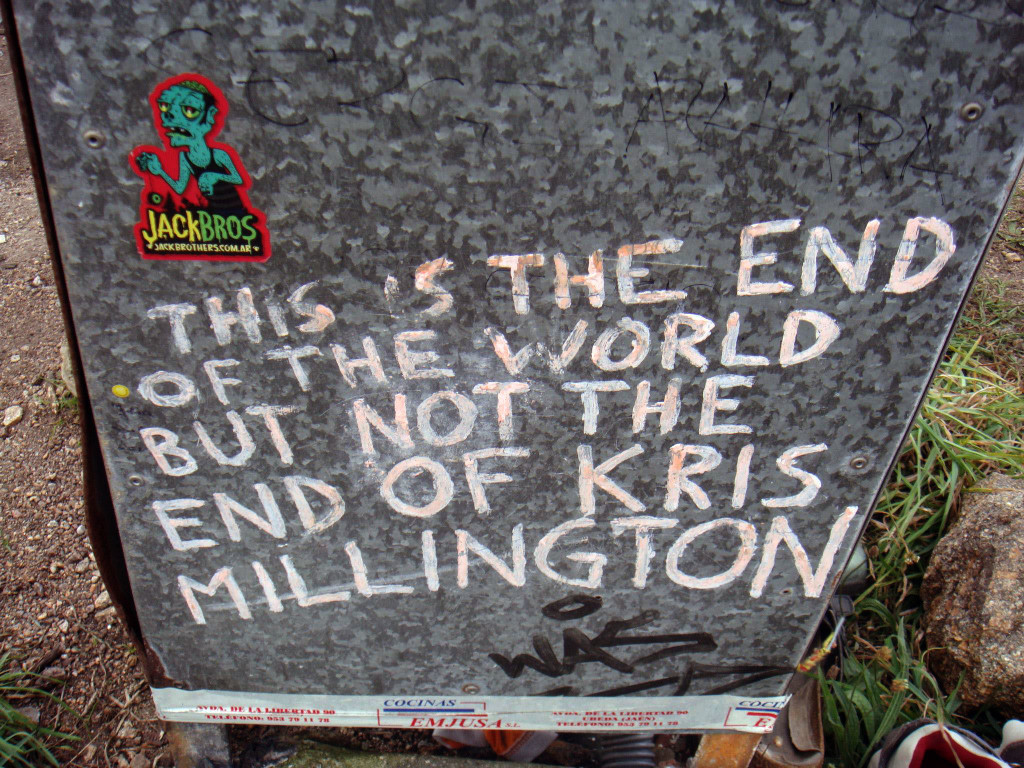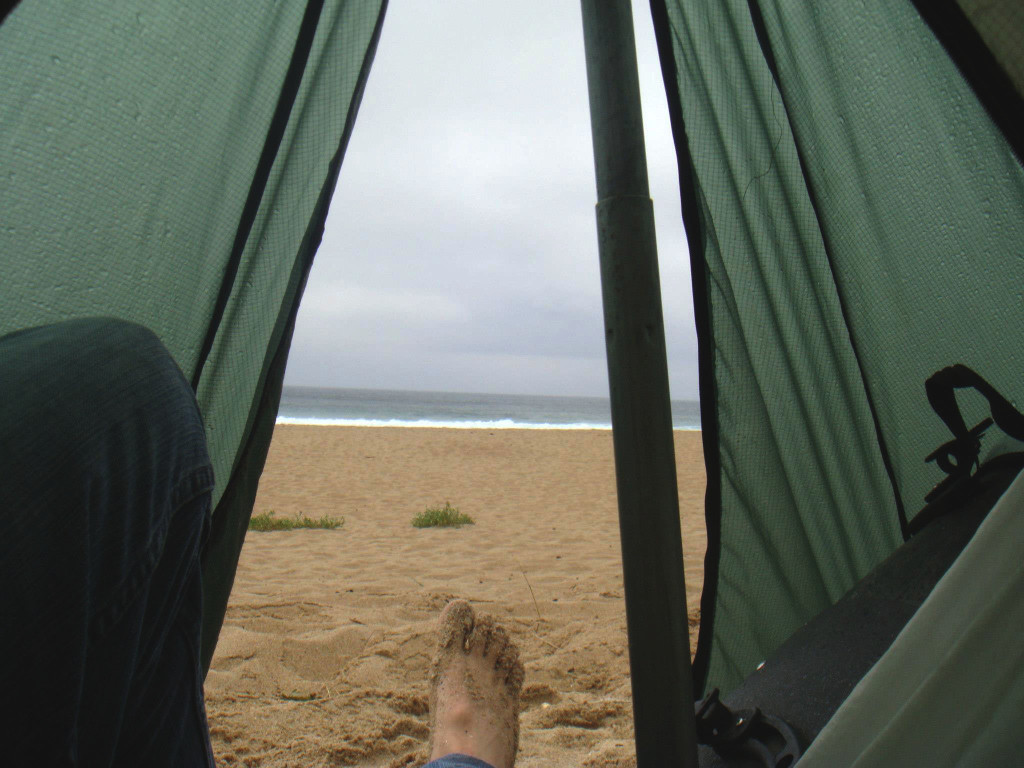Amur leopards & a Spanish pilgrimage…
Just by way of introduction, my name is Jack Riggall, and I’m in awe of all things in the natural world – especially the ecology of wild mammals in the UK. In some ways this, along with the occasional adventures by bike, is probably all you need to know about me. When I was asked to write something for this magazine, it seemed a good opportunity to talk about cycling along the Way of St James in 08-09/2012 to raise money for the Amur Leopard & Tiger Alliance (ALTA). It took around two & a half weeks to cycle off the ferry at Santander to Logroño, before following the route West, first to Santiago de Compostela (the official end of the pilgrimage) and then to Finisterre (or Fisterra in Galician) on the coast.
Cycling South from Santander to Logroño took some time. I barely saw any people at all, but was treated to some incredible views. I think I earned them after cycling up that high!
The Way of St James (or El Camino de Santiago) is a Christian pilgrimmage. There are known routes from all over Europe, but they all end at Santiago de Compostela, a city in North-West Spain which has grown around what is said to be the final resting place of Saint James, one of the disciples of Jesus Christ. For those who have seen ‘The Way’ by Emilio Estevez (I didn’t see it until I finished the trip), a film about a father who follows in his son’s footsteps by undertaking the pilgrimage, it is a fairly accurate portrayal of the route & what you might experience along the way – firstly, I remembered when watching the film, every albergue (the hostels specifically for hosting pilgrims, or ‘peregrinos’ in Spanish, often,but not always, affiliated to churches) invariably hosted someone who snored. Right above me. Every single night.
Secondly, that James Nesbitt’s character (Jack, the Irish travel author with writer’s block) shows a habit you’ll probably find yourself doing (at least, I did) if you ever follow the Camino; namely, making mental notes on all the reasons why people are on the route & where they are from. If you do, you will undoubtedly meet people from all over the world & whilst it is a Christian pilgrimage, you will meet many people (like myself) who are not religious, or undertaking it for their faith. You might meet people who simply do a bit of the route each year as a family to reconnect with each other. You might meet people who feel they can pray better with their feet than with their words, and march to Spain from Poland as a result. You might even hear of the elderly woman who insisted on doing the pilgrimage by herself… in a wheelchair. I think you will be inspired by some of the people you meet, if you were ever to do this journey. This, in addition to the weather & the wildlife, was the highlight of the adventure. Albergues typically get Peregrinos to leave very early in the morning, so I covered enough distance by midday before resting at the next place & learning about all the worn out hikers as they began to arrive in the early evening. Few people do the journey by bike. It is, therefore, cheating; but it also means there’s no overlap – I moved fast, and rarely met the same person twice. Thirdly, almost everybody will great you with the phrase ‘Buen Camino’ regardless of their language – the journey brings people together.
Buen Camino!
I would like to hope that you will equally be inspired by the incredible wildlife in Spain. Personally, I would love to see the wolves, and will soon go back to repeat with this journey with a batch of remote wildlife camera, so fingers crossed. In 2012 I saw Egyptian vultures & Iberian emerald lizards among so much else, though it took a while to get round to identifying what I had photographed.
Iberian emerald lizard
Whilst the historical aim of the journey was to pay respects to Saint James, there was also a secondary journey that many undertook – to get to Finisterre/Fisterra (both derived from the Latin for ‘end of the world’) about 90km away. It seems, as I found out later, that burning your clothes at this spot is a recent tradition to complete a ‘cleanse’ at the end of the journey. The marks of previous peregrinos having done this were obvious. Wanting to join all those before me, but finding myself without a lighter and too impatient to go & buy one, I threw almost all my clothes into the nearest bin before enjoying a well earned rest on a beach for a few days, having cycled over 1,000km.
Burning your clothes at this spot is a recent tradition to complete a ‘cleanse’ at the end of the journey
Cleanse
Beach rest
Something needs to be said on behalf of Amur leopards (and tigers) in this article, since I set out on this trail for them as much as myself. They are among the most endangered big cat species in the world. They face extinction for a wide range of reasons; for example, poaching, habitat loss& persecution by livestock farmers (I have lost patience with livestock farmers for their lethal destruction of everything from badgers & foxes in the UK to leopards & tigers in Russia & China, and have refused to purchase any of their produce for years; if we must choose between meat/milk & wildlife, as insisted upon by those who kill off our natural heritage, is it not obvious what we must do?). Population estimates vary for this leopard subspecies, but it is likely there are fewer than 100 in the wild. The plan as described by the Amur Leopard & Tiger Alliance is to boost the wild populations with cubs born in captivity, helping to reduce the impact of inbreeding & the current genetic bottleneck. I wish those who intend on bringing these animals back from the brink of extinction all the luck in the world.
— Jack Riggall

